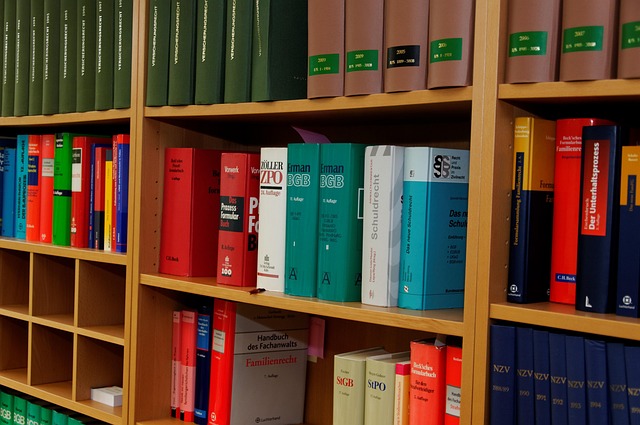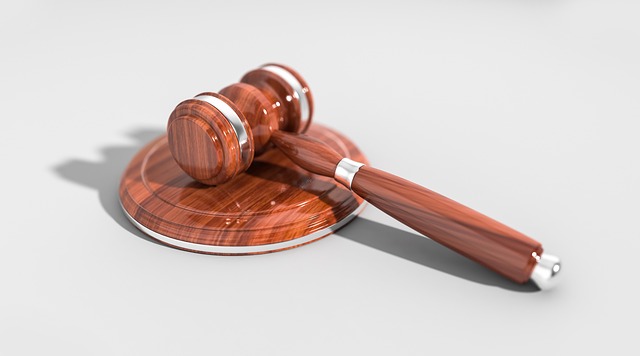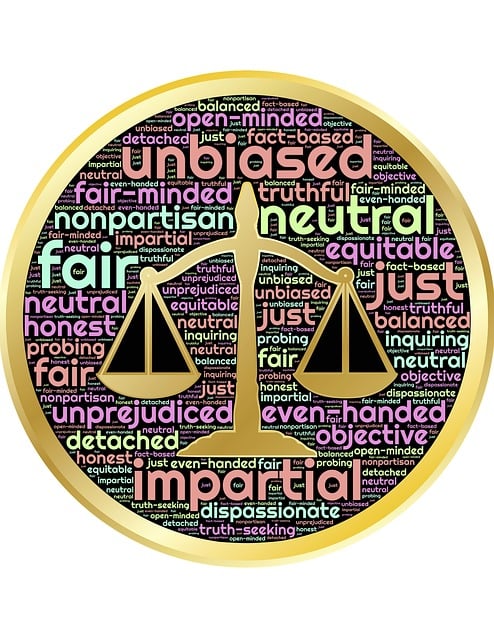RF Regulatory Agency investigations rely on evidence to uphold wireless communication standards and ensure criminal liability. Digital forensics, including data extraction from devices, is crucial for white-collar defense strategies. Admissibility of evidence, governed by legal standards, shapes outcomes in jury trials. Effective legal representation requires understanding and challenging investigation procedures to secure fair trials based on solid facts.
RF Regulatory Agency investigations play a pivotal role in ensuring compliance with wireless communication standards. Understanding these processes is crucial, especially in criminal litigation where evidence is paramount. This article delves into the intricacies of RF agency probes, highlighting their impact on legal proceedings. We explore key aspects such as evidence collection, preservation, and admissibility under strict legal standards. By examining these factors, we emphasize the importance of thorough documentation for successful criminal defense strategies.
- Understanding RF Regulatory Agency Investigations
- Role of Evidence in Proving Criminal Liability
- Collection and Preservation of Digital Forensics
- Legal Standards for Admissibility of Evidence
- Impact on Subsequent Legal Proceedings
Understanding RF Regulatory Agency Investigations

RF Regulatory Agency Investigations play a critical role in ensuring compliance with wireless communication standards and policies. These inquiries are typically triggered by suspected violations, such as unauthorized transmissions or equipment failures. The process involves thorough examination of devices, networks, and operational procedures to verify adherence to regulations. During these investigations, the importance of evidence cannot be overstated; it forms the backbone of any legal proceedings that may follow. In criminal litigation, particularly in cases involving white-collar offenses, an unprecedented track record of successful prosecutions relies heavily on compelling and irrefutable evidence.
The pursuit of justice in RF regulatory matters requires a meticulous approach, where every piece of data and documentation is scrutinized. Achieving extraordinary results demands a comprehensive understanding of both the technology and the legal framework. Experts in this field recognize that gathering and presenting substantial evidence is key to resolving disputes and safeguarding the integrity of wireless communication systems. This ensures that investigations are not just thorough but also result in meaningful outcomes, reflecting the evolving nature of technology and regulatory practices.
Role of Evidence in Proving Criminal Liability

In RF Regulatory Agency investigations, the role of evidence is paramount in proving criminal liability. Solid, admissible evidence serves as the bedrock upon which charges are built and defenses are challenged. Without robust evidence, it becomes exceedingly difficult to establish guilt or innocence, making the process of justice a mere formality. The importance of evidence in criminal litigation cannot be overstated; it ensures fairness, transparency, and the ultimate truth-finding mission of the legal system.
In navigating the complexities of RF Regulatory Agency cases, understanding the weight and relevance of different types of evidence is crucial. This includes documentary proof, witness testimonies, expert opinions, and physical evidence. Each plays a unique role in the narrative, painting a comprehensive picture that either incriminates or exonerates individuals and respective business entities involved. Additionally, the interactions between these pieces of evidence are significant, as they can expose connections, motives, and patterns that might not be immediately apparent to the untrained eye. This is particularly relevant for general criminal defense strategies, where the goal is often to disrupt the chain of evidence or present alternative explanations, thereby challenging the prosecution’s case in its entirety.
Collection and Preservation of Digital Forensics

In RF Regulatory Agency investigations, the collection and preservation of digital forensics evidence play a pivotal role in criminal litigation. With technology increasingly integrated into everyday life, digital data has become an indispensable component in building strong cases. The importance of evidence in criminal proceedings, particularly for white-collar defense strategies, cannot be overstated. In these complex legal battles, winning challenging defense verdicts relies heavily on meticulously gathered and preserved digital information.
Forensics experts work to safeguard and extract data from various sources like computers, mobile devices, and network systems. This process involves specialized techniques to ensure the integrity of evidence, which is crucial for corporate and individual clients alike. By employing these methods, legal professionals can uncover critical insights, track financial transactions, and reconstruct digital footprints left by suspects, thereby enhancing their overall defense strategies.
Legal Standards for Admissibility of Evidence

In RF Regulatory Agency investigations, the admissibility of evidence plays a pivotal role, especially given the unique nature of regulatory cases. The importance of evidence in criminal litigation cannot be overstated, and this holds true for such specialized proceedings. Legal standards govern what types of data and facts can be presented to ensure fairness and reliability during jury trials, which are common in white-collar defense strategies. These standards protect against unfair prejudice and ensure the integrity of the process.
The admissibility criteria focus on relevance, materiality, and authenticity, among other factors. Evidence that meets these legal benchmarks has the potential to significantly sway public perception and judge/jury decisions. Thus, it is crucial for both prosecution and defense teams to navigate these standards meticulously, especially considering the agency’s unprecedented track record in securing convictions through robust evidence presentation.
Impact on Subsequent Legal Proceedings

The outcome of RF Regulatory Agency investigations can significantly influence subsequent legal proceedings, particularly in criminal litigation. The importance of evidence in this context cannot be overstated; it forms the backbone of any case. When an agency investigates and finds violations, they gather and document evidence that may later be used in court to prove or disprove allegations against individuals or entities. This includes technical reports, documentation, witness statements, and more.
For his clients, these investigations can be pivotal moments that determine whether they face indictment or, ideally, a complete dismissal of all charges. Effective representation relies on understanding the evidence collected during these inquiries. Lawyers must scrutinize the facts, challenge any procedural irregularities, and leverage the law to ensure their clients receive fair trials based on solid evidence.
RF Regulatory Agency investigations play a pivotal role in upholding wireless communication standards, with evidence collection and preservation being crucial components. Understanding the legal framework surrounding admissibility ensures that digital forensics are employed effectively in proving criminal liability. The importance of evidence in criminal litigation cannot be overstated, as it drives subsequent legal proceedings, shaping outcomes and ensuring justice.






